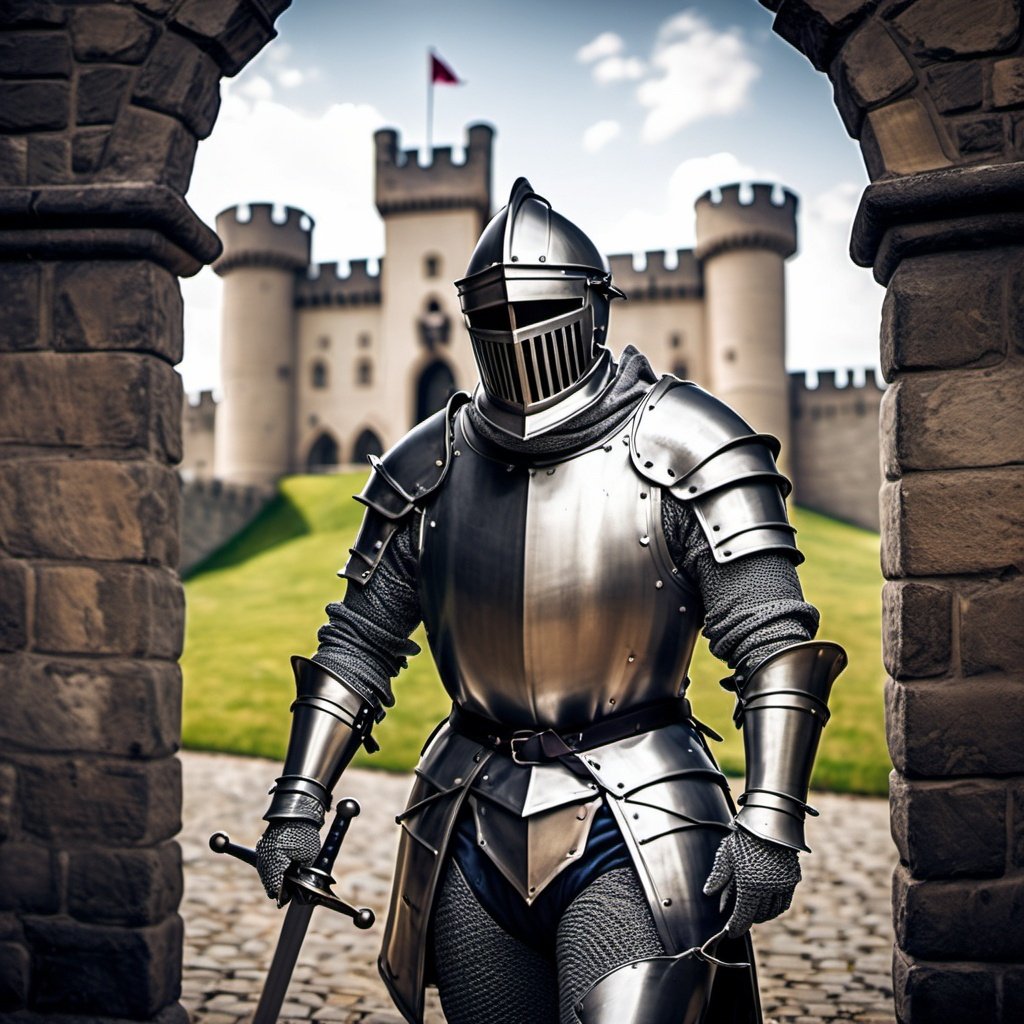
Altimmer
@defidy
1580 Following
192 Followers
0 reply
0 recast
0 reaction
0 reply
0 recast
0 reaction
0 reply
0 recast
0 reaction
0 reply
0 recast
0 reaction
0 reply
0 recast
0 reaction
0 reply
0 recast
0 reaction
0 reply
0 recast
0 reaction
0 reply
0 recast
0 reaction
0 reply
0 recast
0 reaction
1 reply
0 recast
1 reaction
0 reply
0 recast
1 reaction
1 reply
0 recast
1 reaction
1 reply
0 recast
1 reaction
1 reply
0 recast
0 reaction
1 reply
0 recast
0 reaction
1 reply
0 recast
0 reaction
1 reply
0 recast
0 reaction
1 reply
0 recast
0 reaction
2 replies
0 recast
0 reaction
1 reply
0 recast
0 reaction